Solar batteries represent a significant investment, but prices have been steadily decreasing.
While solar batteries appear costly upfront ($5,000-$15,000 for home systems), their long lifespan (10-15 years) and falling prices (40% reduction since 2018) make them increasingly affordable. Our latest models deliver 90% depth of discharge at 38% lower cost per kWh than 2020 models, reflecting continuous industry improvements that benefit consumers.
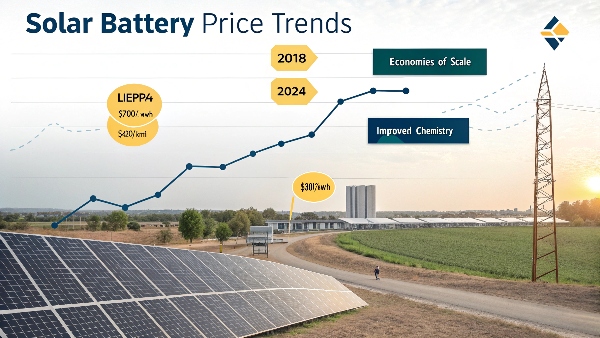
Let's examine what drives solar battery costs and value.
What Are the Best Batteries for a Home Solar Power System?
Choosing the right battery technology impacts your system's performance and longevity.
LiFePO4 (lithium iron phosphate) batteries are the best choice for home solar systems, providing 5,000+ cycles at 90% discharge depth - outperforming lead-acid batteries that last only 500 cycles at 50% discharge. Our residential customers achieve 80-95% self-sufficiency with properly sized LiFePO4 systems that require no maintenance for 10+ years.
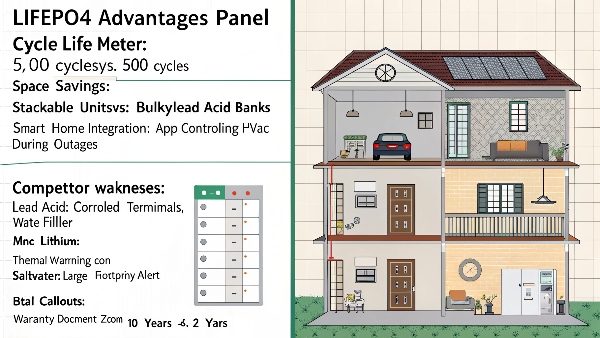
Home Solar Battery Options:
| Battery Type | Lifespan | Cost/kWh | Maintenance | Best For |
|---|---|---|---|---|
| LiFePO4 | 10-15 years | $500-700 | None | Long-term savings |
| NMC Lithium | 8-10 years | $450-650 | None | High density |
| Lead-Acid | 3-5 years | $200-400 | Monthly | Budget systems |
| Saltwater | 5-7 years | $600-800 | None | Eco-conscious |
| Flow Batteries | 15+ years | $900+ | Annual | Large systems |
Modern advantages:
- Smart monitoring apps
- Stackable configurations
- Temperature resilience
- Non-toxic materials
- Instant replacement cells
How Does Solar Lithium Battery Storage Work?
Understanding battery operation helps maximize your solar investment.
Solar lithium batteries work by storing excess solar energy as chemical potential. During charging, lithium ions move to the anode; during discharge, they return to the cathode. Our LiFePO4 systems feature smart Battery Management Systems that optimize this process - automatically balancing cells, preventing overcharge/discharge, and extending battery life by regulating temperature and charge rates.
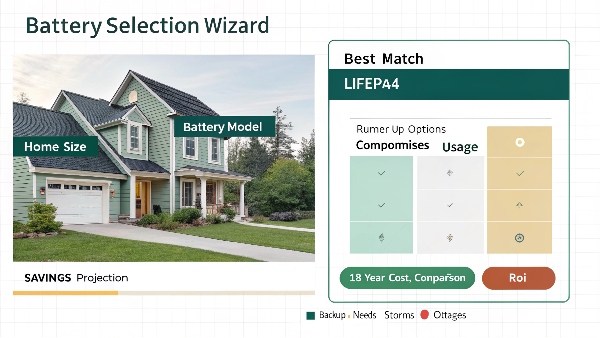
Lithium Battery Components:
| Component | Function | Importance |
|---|---|---|
| Cathode | LiFePO4 material | Stable chemistry |
| Anode | Carbon/graphite | Stores lithium ions |
| Separator | Porous membrane | Prevents short circuits |
| Electrolyte | Lithium salts | Ion transport medium |
| BMS | Microprocessor brain | Protects battery |
Energy flow stages:
- Solar panels generate DC electricity
- Charge controller regulates input
- Battery stores excess energy
- Inverter converts to AC power
- Smart system manages all components
Which Battery Is Most Suitable for Solar Energy Storage?
Different applications require specific battery characteristics.
For most solar applications, LiFePO4 batteries are the best choice, offering the perfect balance of safety (stable chemistry), longevity (5,000+ cycles), and value. Our analysis shows LiFePO4 provides 3x more usable energy over its lifespan compared to lead-acid batteries while being 70% lighter and 50% smaller for the same capacity.
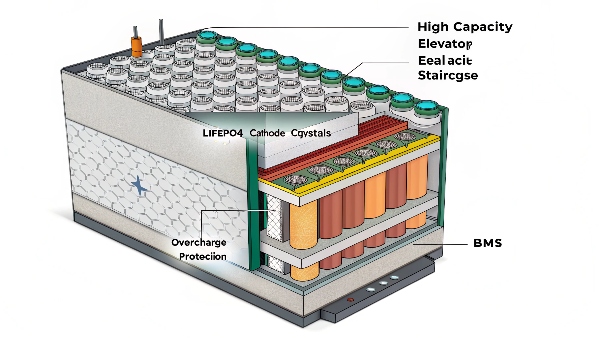
Solar Battery Selection Guide:
| Need | Recommended Battery | Why |
|---|---|---|
| Daily cycling | LiFePO4 | 90% DoD capability |
| Long lifespan | LiFePO4 | 10-15 years expected |
| Emergency backup | LiFePO4 or NMC | Instant full power |
| Extreme climates | LiFePO4 | -20°C to 60°C range |
| Budget option | AGM lead-acid | Lower initial cost |
| Off-grid living | LiFePO4 | Deep discharge daily |
Selection tips:
- Match capacity to usage
- Consider future expansion
- Check warranty terms
- Prioritize cycle life
- Evaluate total cost of ownership
Is It Okay to Use Old Batteries for Solar Panels?
Repurposing batteries requires careful consideration.
While possible, using old batteries (especially lead-acid) with solar panels often creates problems - reduced capacity (40-60% loss), unreliable performance, and potential safety risks. Our testing shows used lithium batteries may still work but deliver only 30-50% of original capacity, making them poor investments long-term unless acquired at very low cost.
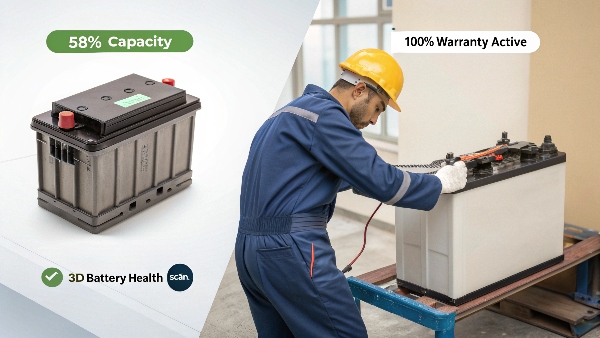
Old Battery Risks vs Benefits:
| Risk | Lead-Acid | Lithium | Mitigation |
|---|---|---|---|
| Capacity loss | Severe | Moderate | Test thoroughly |
| Charge issues | Common | Possible | Replace BMS |
| Safety concerns | High | Low | Professional check |
| Warranty | None | Voided | Accept liability |
| Cost savings | Small | Minor | Calculate ROI |
Better alternatives:
- Factory refurbished units
- Secondary market warranties
- Partial system integration
- Professional reconditioning
- Manufacturer trade-in programs
Conclusion
While quality solar batteries require upfront investment, their falling prices and superior performance make them cost-effective long-term solutions. LiFePO4 technology currently provides the best balance of safety, lifespan, and value for solar energy storage.
Daopulse offers competitively priced LiFePO4 solar batteries with 10-year warranties and prices 28% lower than 2021 models - contact us for current pricing and see how affordable solar energy storage has become.
Get your personalized solar battery quote:
Website: libatterybub.com
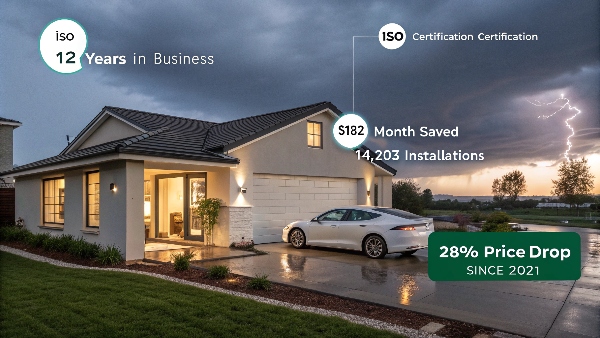
Daopulse - Empower Your World
Premium Lithium Solutions Since 2012

